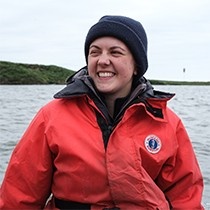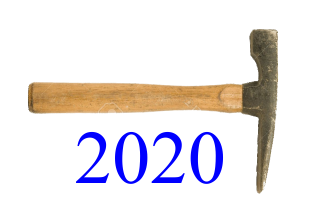Bay Berry

B.Sc. (Honours) Thesis
QUANTIFYING IMPACTS OF SPATIAL RESOLUTION ON PIXEL AND OBJECT-BASED METHODS OF IMAGE CLASSIFICATION: A CASE STUDY OF IDENTIFYING ESTUARINE MORPHOLOGY IN COBEQUID BAY, NOVA SCOTIA, CANADA
(PDF - 3.1 Mb)
Image processing methods can be used to classify land cover and phenomena fromsatellite imagery according to their spectral characteristics and identify target features. These methodscanprovide a relatively efficient approach to processing many images and to measuringchange of features over time. Selecting an appropriate data source and classification method, however, requires considerations such as the scale of the process under investigation, spectral differences between target areas and their surroundings, and technical limitations for the analyst.The Salmon River estuary within Cobequid Bay, Nova Scotiawas chosen to evaluate the impact of spatial resolution on the use of satellite imagery to identify tidal bars. Images were acquired from four satellite systems (PlanetScope, RapidEye, Sentinel-2, Landsat-5) representing arange of spatial resolutions(3m to 30m). Both traditional pixel-based methods (i.e., supervised, unsupervised classification), and object-based image classification methods were used to identify sediment bars within the estuary, and then assessed for classification accuracy.All image types could be classified to at least 80% overall accuracywith a Cohen’s Kappa coefficient of 0.9using at least one method. The research identifiedtrends related to classification result and increasing spatial resolution including: 1) decreasing reliability of unsupervised classification;2) increased single-pixel errors in supervised classifications, despite overall product reliability;and 3) formation of increasingly meaningful pixel groupings for object-based analysis. Differences in appropriate classification method are considered to be a result of the relationship between scale of phenomenon being mapped and the spatial resolution at which it is represented; when increasing spatial resolution, there is a shift away from presence of mixed-pixels towards the dominance of multi-pixel objects, the classification of which is better suited to object-based as opposed to pixel-based methods. The results suggesta Modifiable Areal Unit Problem-based framework to consider large pixels and object created from small pixels each as viable areal units of analysis for processes at this scale. Keywords:
Keywords:Remote sensing, scale issue, estuary, geomorphology, Bay of Fundy
Pages: 66
Supervisor: Christopher Greene



